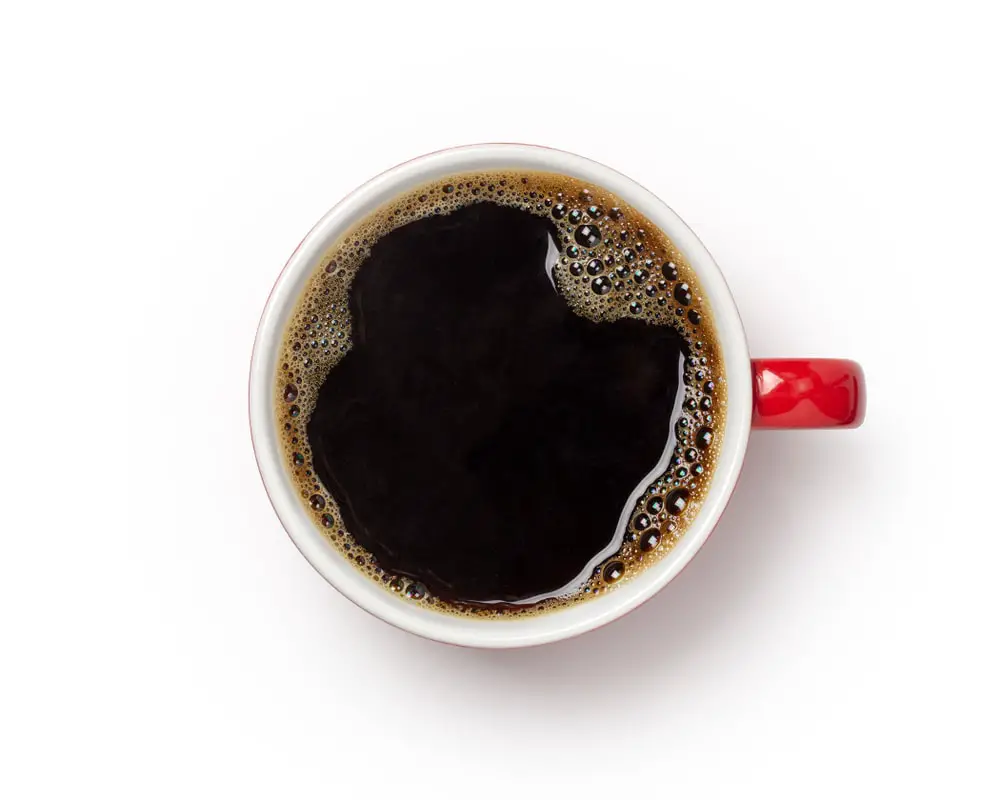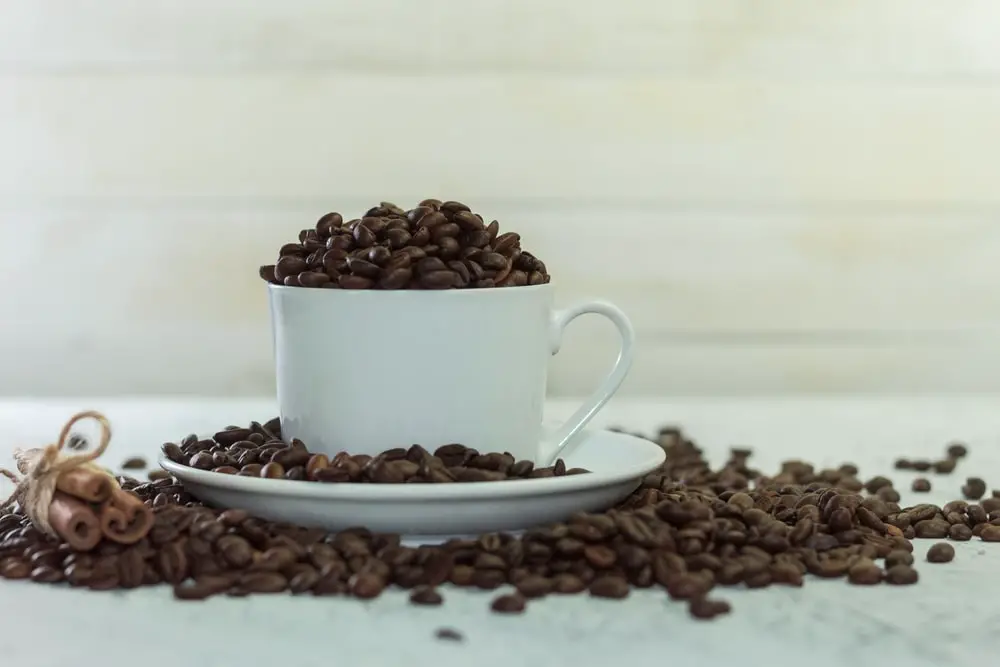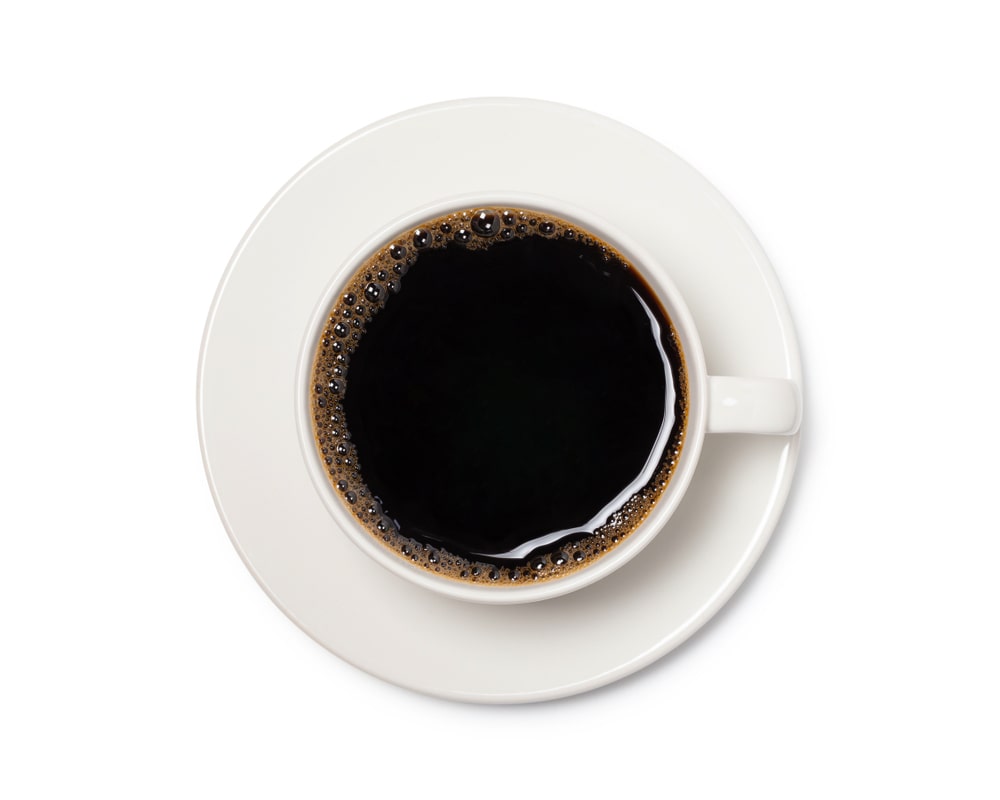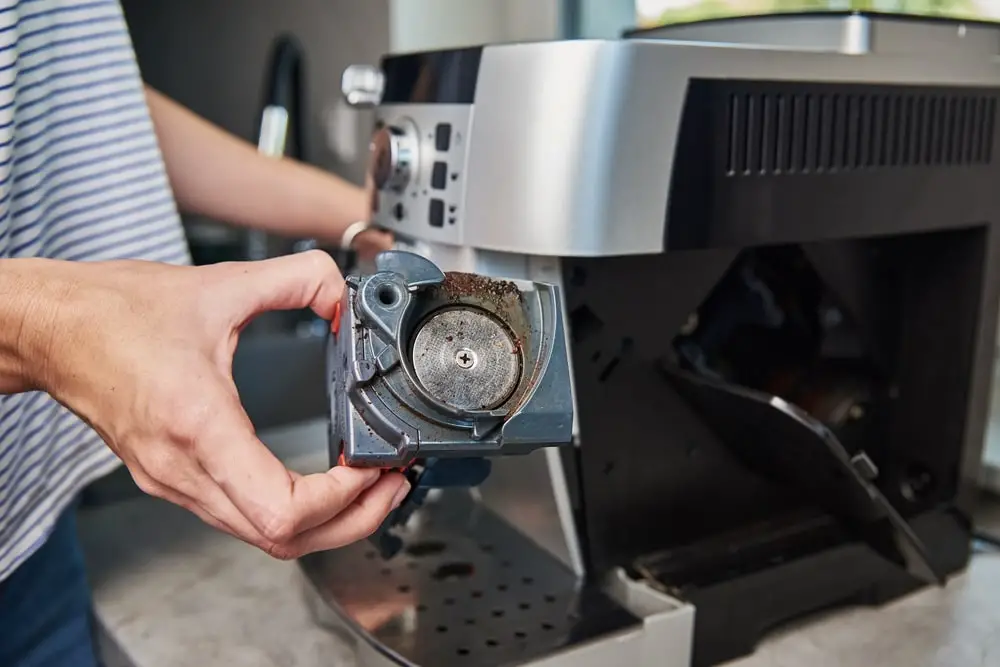Coffee enthusiasts will be familiar with the practice of waking up enjoying a cup of joe to start a new day full of energy. It’s also worth noting that if you make terrible coffee or have some problems on your coffee, your day might be ruined.
Have you ever noticed an obnoxious layer of oil on the surface of your coffee cup? Depending on each person’s disposition, some may continue to drink regardless of the oil, while others will pour the coffee into the sink and consider purchasing a new coffee maker. So, what is the oil on the coffee cup’s surface? This article will assist you in understanding why it occurred and how to get rid of film on coffee.
What Is The Source Of The Oil On The Coffee’s Surface?
Your coffee machine is obviously OK, and you don’t need to dispose of it because the film is caused by a variety of factors.

According to research, coffee beans normally contain a certain number of natural oils in their content. Fatty acids, like what you find on margarine, some meats, and beans, make up 71% of these oils. Some beans have a dry appearance, while others have a glossy / oily sheen.
Most notably, coffee beans that have been lightly or moderately roasted contain less oil on the surface. Dark roasted coffee beans, on the other hand, have a significant quantity of oil on top.
Aside from that, there are a few more elements that might influence whether your coffee is oily or not including:
Water Type
Soft water and hard water are the two most common forms of water. You may notice oil in your coffee if you live in a region where hard water is used in your faucets or even marketed as bottled water. In these cases, providing that you prepare coffee using tap water.
To explain, as hard water includes a lot of calcium, it rapidly bonds to the fatty acids in your ground coffee, creating an oil coating. Soft water lowers calcium levels, which prevents fatty acids from adhering and forming film.
Coffee Beans’ Quality

Coffee beans come in a range of shapes and sizes, depending on the variety, freshness, and manufacturing procedure. Premium coffee not only has smooth and crisp taste, but it is also less acidic. Furthermore, less oil is formed in the beans as a result of the sophisticated yet mild production method.
Lower-grade coffee beans are generally more acidic and taste differently. As it contains more acid and undergoes a thorough processing procedure, this coffee will almost likely to have a larger amount of oil residue.
Water Filters
A water filter is an excellent technique to help eliminate oil from your coffee if you don’t want to see it. The activated carbon layer on most water purifiers is capable of collecting organic material throughout the filtering process. In order to gather water with the fewest contaminants, install a filter to your tap while brewing coffee.
Admittedly, coffee prepared using a carbon water filter had a lower oil content. To decrease oil sludge, some individuals use two filters instead of a typical one. This also explains why non-filter coffee machines leave an unpleasant oil deposit on the surface. More importantly, remember to replace the water filter every six months to ensure continuous efficacy.
Roasting Technique
Dark roast, medium roast, and light roast are the three varieties of coffee roasts you should be familiar with. The way the beans are roasted has a direct impact on whether or not your coffee contains oil.
Due to the stringent burning process, burnt roasted coffee beans release a lot of fatty acids and have a bitter / burnt taste. Slow-roasted coffee creates a smoother, less bitter flavor and leaves less oil residue.
Is Coffee Oil Beneficial Or Harmful?
You’ll be a bit surprised to learn that the presence of oil in your coffee does not necessarily indicate that it is spoilt. Also, this does not mean that the beans used in the brewing process are of low quality. As a result, coffee with oil is not a terrible thing. However, societal issues are frequently two-sided. A few people remarked that the greasy coffee was of dubious quality.
According to some studies, both sides’ assertions are true to some extent. Having said that, there are various elements to consider when determining if the oil on the coffee is good or harmful.

First off, it’s a negative indicator if oil appears in your brew while using moderate to medium roasted coffee beans. In this case, your coffee beans may have expired or been inadequately kept for a long period in this situation. Most likely, you’ve mishandled the container, your coffee beans are moist, or the environment / temperature isn’t conducive to freshness.
The oil found in dark roasted seeds, on the other hand, is an indication that your coffee is exceptionally fresh and nutritious to consume.
How Can You Get Rid Of Coffee Film?
As previously said, mineral deposits in your coffee machine or in your cup, bean quality, roasting, hard water, mineral buildup, or leftover soap are all possible reasons of an oil coating on your coffee.
When making coffee in the machine, avoid using milk or cream to avoid oil accumulation on your coffee. Furthermore, water softening and thorough container cleaning are preferable options.
To deal with problems related to coffee film, you need to first clean your coffee machine. Operate your coffee maker as usual, but instead of placing the coffee in the basket, pour 1 cup of vinegar into the well with the water. Any minerals that have accumulated in the coffee maker will be dissolved by the acid in the vinegar.

Kindly note that you should combine a cup of white vinegar with a liter of water, then pour the liquid into your coffee pot and soak for 30 minutes. Use the coffee pot as normal after rinsing it with hot water.
Your coffee mugs should be washed in a solution of 2 cups white vinegar to a gallon of hot water. Add no soap to the mix. Before usage, thoroughly rinse and dry the cups.
If your tap water is really hard, consider installing a water softener. By doing so, mineral deposits and residue can be avoided in the next brewing coffee times. Another option is to make your coffee with distilled water. This kind of water lacks the calcium and bicarbonate ions found in harder tap water, so it won’t leave oily scum on your coffee.
Last but not least, to avoid greasy coffee, choose coffee with the appropriate roasting process, such as gently or lightly roasted, as indicated above.
Final Thought
Owning a coffee machine will make it very handy for you to receive wonderful coffee every day, but if you want your coffee to be oil-free, you should be well-informed of what causes the oil layer on your coffee and how to deal with it as above-mentioned. Thank you for reading till this line and see you.
